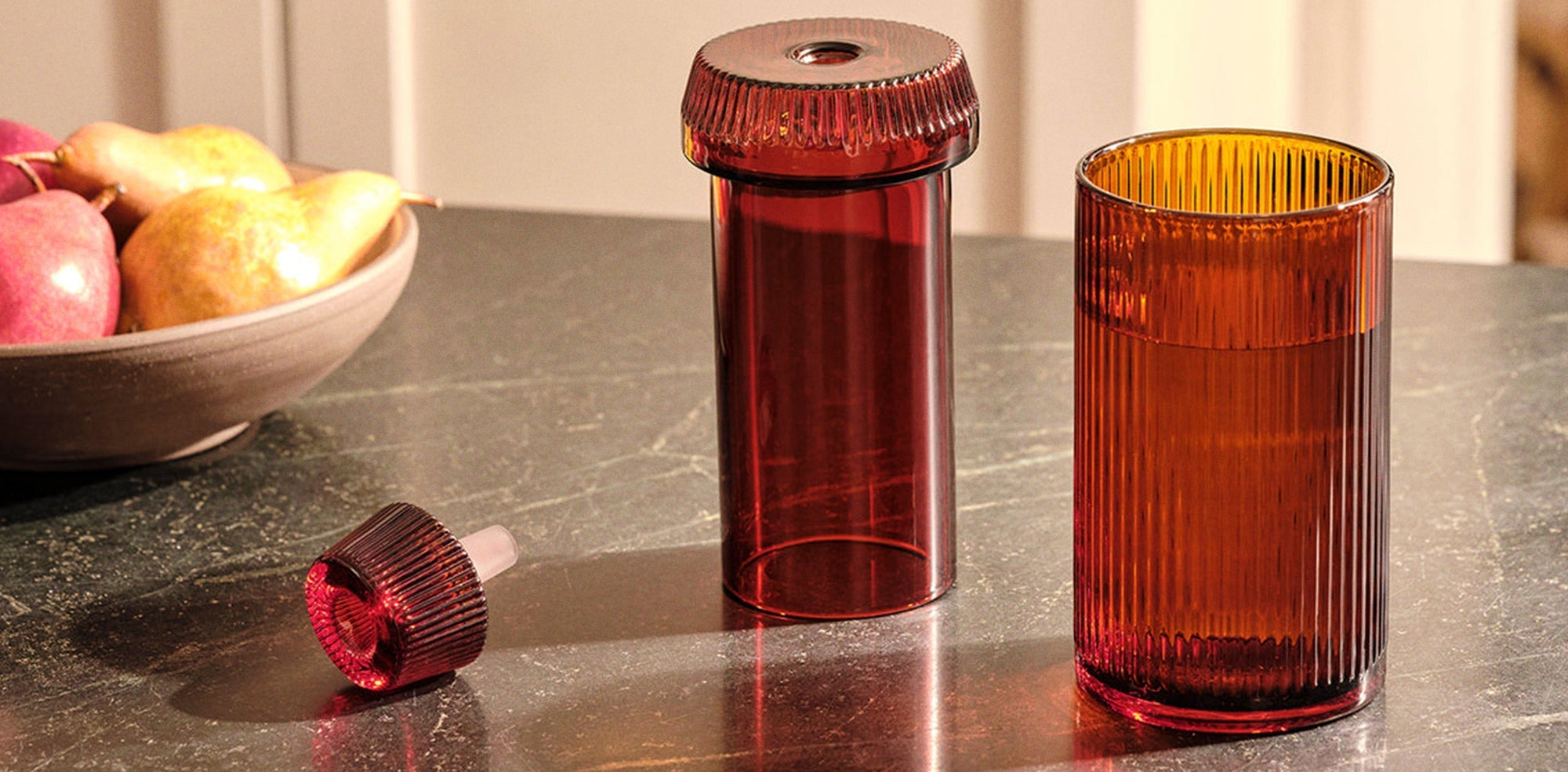Wellness Rituals: Cultivating Balance in Your Daily Life
Pause. Breathe. Take a moment with us.
Modern life is hectic. We’re always on, always moving, always in demand. Carving out time for yourself isn't just a luxury—it's a necessity.
At Astrid Alchemy, we believe that wellness rituals are the cornerstone of a balanced life and holistic health. Finding the right ritual for you can reduce stress, and nurture your mind, body, and spirit. So let's explore what wellness rituals are, their benefits, and how you can create one that works for you and your lifestyle.
What’s the difference between a habit, a routine, and a ritual?
Habits are acquired automatic behaviours, actions that become unconscious through repetition.
Routines are structured and process-driven actions designed to create habits, or to achieve a specific outcome.
Rituals are meaningful practices that focus on mindfulness and purpose, intended to make actions intentional and significant through repeated, purposeful acts.
What are wellness rituals?
Wellness rituals are regular, intentional practices that nurture our physical, mental, and emotional wellbeing. These rituals can range from simple daily patterns, to more elaborate weekly or monthly rituals. The key is consistency and mindfulness in their execution.
What does plant therapies have to do with wellness rituals?
Whether plants or naturopathy, wellbeing is the goal and naturally forms part of a wellness ritual. At Astrid Alchemy we believe that breaking the stigma around plants as a therapy means embracing the entire lifestyle— wholeheartedly and unashamedly. From daily rituals to embracing objects that are powered by plants, we believe that modern wellness and wellbeing goes beyond just medicine — it emcompasses the mind, body and spirit.
What are the benefits of wellness rituals?
Wellness rituals give us dedicated time to take space for ourselves, which helps support our overall health and wellbeing.
Benefits of wellness rituals include:
Reduced stress: Regular self-care practices can help lower cortisol levels and promote relaxation.
Improved mental health: Rituals provide a sense of control and stability, which can alleviate anxiety and support mental health.
Enhanced physical health: Many wellness rituals, like stretching or food preparation can directly impact physical wellbeing.
Increased mindfulness: Rituals encourage presence and awareness in daily life.
Better sleep: Consistent evening rituals can improve sleep quality and duration.
Boosted creativity: Taking time for yourself lets your brain relax, potentially sparking inspiration and innovative thinking.
What are some example rituals?
There are some things you’re already doing that could be considered wellness rituals—as long as you’re taking the time to be intentional when you do them.
Wake & Bake
Ease into your day with a gentle wake and bake session, however you choose to consume. This ritual, often enjoyed with a cup of coffee in a cosy corner, can help create mental stillness or kickstart your appetite. It's a peaceful way to welcome the morning with mindfulness and calm.
Stretching or Yoga
Roll out your yoga mat to stretch and strengthen your body. Whether you energise yourself with sun salutations in the morning or unwind with gentle flows at night, yoga is a wonderful ritual to connect with yourself on a deeper level.
Daily Skincare
You likely already have a skincare routine. But how would it feel to complete those steps slowly, with some incense burning and in your comfiest jumper—rather than rushing through them cold and naked when you’re fresh out of the shower? Taking the time to experience the process can elevate this daily task into a ritual you look forward to. Some people include positive affirmations during this process, pairing physical self-care with mental self-care.
Connection Walk
We’re familiar with the Mental Health Walk—the self-mandatory walk people make themselves do because it’s been proven that getting outside and exercising is good for our mental health. With a walking ritual, we elevate the ‘must’ to a ‘want’, connecting with nature to ground ourselves and reduce stress. Head outdoors, find a peaceful spot to pause, feel the sun on your face. You may even want to take your portable vaporizer with you.
Evening Wind Down
Creating nightly rituals can help signal to your body that the day is ending. Use a lamp instead of the big light, change into your pajamas, make yourself a cup of tea, and snuggle down somewhere comfy to read or journal.
Here are two examples of rituals, straight from the Astrid team:
Daily Set of Rituals
A day full of mini-rituals and intentional moments to help feel grounded and connected.
Morning
- Gentle stretching for 10 minutes
Afternoon
- 3pm cup of tea (away from screens)
- Apply fragrance to pulse points (take the time to experience the scent)
Evening
- Lowlight shower (use candles or a lamp rather than overhead light)
- Skincare routine in a fluffy robe
- Prescribed CBD oil under the tongue
- Read 2 chapters of a book
Planned Rituals
Carving out time throughout the month to complete daily, weekly, and fortnightly rituals to maintain balance and stay positive.
Daily:
- Morning gummy and meditation
- Evening gratitude journal
Weekly:
- Nature walk or hike
Fortnightly:
- Bedroom reset (change bedding, open the windows, tidy, dust, refresh the space)
How to create a wellness ritual that works for you.
Creating a personal wellness ritual is about finding practices that resonate with your needs and lifestyle.
Here's how to get started:
Step 1. Identify your goals
What areas of your life need more attention? Is it stress reduction, physical fitness, emotional balance?
Step 2. Allow yourself to start small.
Begin with one or two simple practices. This could be as easy as five minutes of deep breathing each morning. Or, it could be taking a daily habit and taking time with it rather than rushing through it.
Step 3. Be consistent and patient.
Choose a specific time each day or week for your ritual. Consistency is key.
Step 4. Don’t be strict with yourself.
Feel free to experiment and adjust. Try different practices and see what feels right. It's okay to modify your ritual as you go. Never force yourself to do something you don’t want to. On that note…
Step 5. Make sure it’s enjoyable.
You should genuinely look forward to your rituals. Not only does this increase the likelihood of sticking with them, but it ensures you immerse yourself in the moment, allowing you to reap the benefits fully.
Step 6. Find or create a dedicated space.
If possible, designate a specific area in your home for your wellness practices. For example, a sunny corner for your morning meditation, or a particular armchair to light some incense and enjoy an edible in the afternoon.
Step 7. Use tools and props.
Incorporate items that enhance your experience, such as candles, journals, room sprays, incense, or meditation apps.
Step 8. Show yourself grace.
Transformation doesn’t happen overnight. Be patient with yourself. There may be days your ritual isn’t possible, or you don’t feel up to it. That’s okay. Give yourself grace as you develop new patterns.
Remember, the most effective wellness ritual is one that you can maintain consistently and that brings you joy. As you explore different practices, pay attention to how they make you feel and adjust accordingly.
At Astrid Alchemy, we’re working to help elevate your daily rituals: for the self, the home, and for life. Explore our range now to find what works for you.


